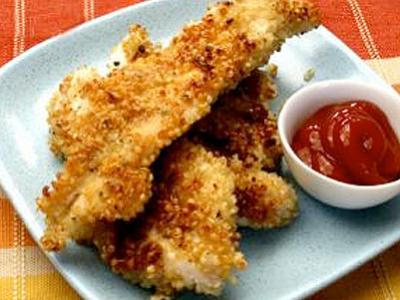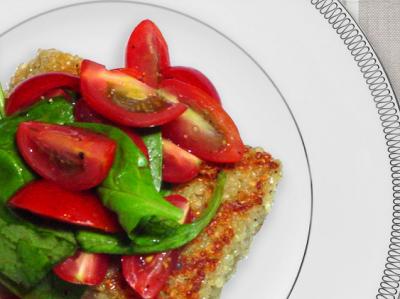More Protein, Minerals, Fiber in Quinoa
Anne Lee and colleagues at Columbia University’s Celiac Disease Center found that the nutritional profile of gluten-free diets was improved by adding oats or quinoa to meals and snacks. Most notable increases were protein (20.6g vs 11g) iron (18.4mg vs 1.4mg, calcium (182mg vs 0mg) and fiber (12.7g vs 5g
Journal of Human Nutrition and Dietetics, August 2009; 22(4):359-63. Epub 2009 Jun 10.



